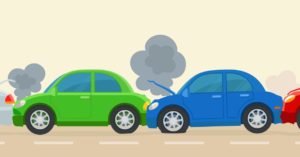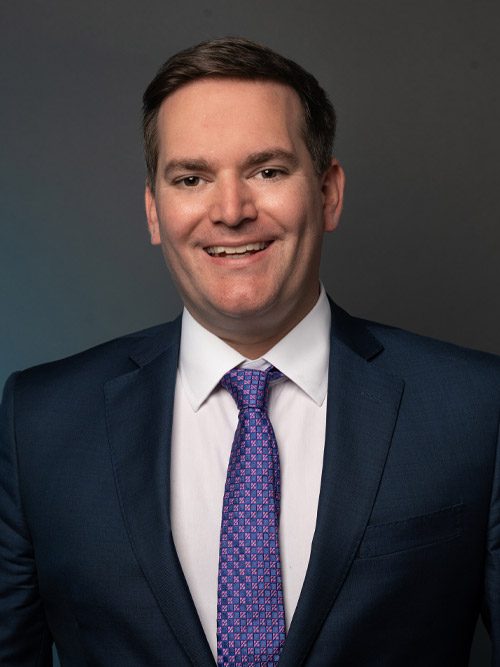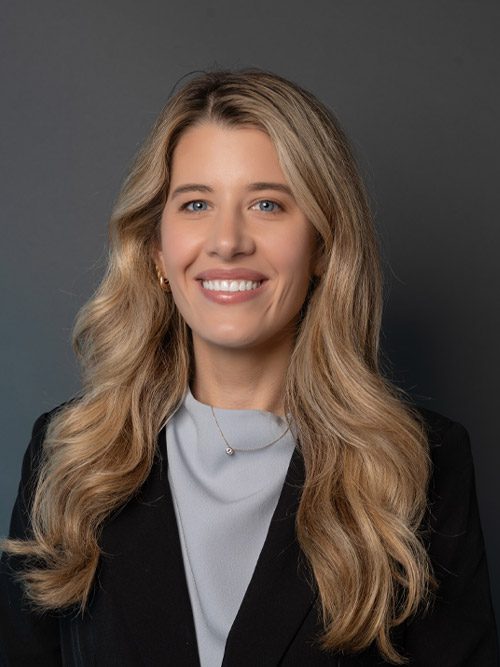
Determining who is responsible for a multi-car collision requires gathering and analyzing evidence. While fault for some cases may be straightforward, such as when a driver rear-ended someone and caused a chain reaction, others may be more complicated or include additional factors.
Who Can be Held Liable After an Accident?
Knowing who is at fault in a multi-car collision starts with understanding fault in general. Assigning responsibility to a party requires evidence of negligence. That entails:
- Duty of care: All drivers are required to operate their vehicles responsibly.
- Breach of duty: A driver did not operate their vehicle in a reasonable manner.
- Causation: The failure to correctly operate the vehicle caused an accident.
- Damages: The injuries caused by that accident are grounds for compensation.
Accidents involving multiple vehicles can typically be traced to an act of negligence, like speeding. However, that reckless action is one event in the chain—and untangling the threads can seem impossible without help from a lawyer.
Tools for Determining Fault
Naturally, the other drivers in your crash will likely say they were not at fault, so listening to their accounts may not be enough to understand what happened. One of our car collision attorneys will utilize other avenues to piece together the facts. This evidence could include:
- Photographs
- Traffic camera footage
- Eyewitness testimony
- Police reports
- Phone records
- Accident reconstruction
- Expert analysis
The evidence we use will be specific to your accident. For instance, if you suspect one of the drivers was on the phone when the accident occurred, contributing to the crash, we can verify this with phone records. If the accident happened at an intersection, we could use both traffic cameras and security footage from local businesses to see the accident from other angles.
Testimony can be especially crucial, both from witnesses and from experts. In our capacity as injury lawyers, we have experience with accident authorities who can analyze and reconstruct your crash to better understand the factors that contributed to it.
Possible Negligent Parties
Those at fault for a multi-car crash engaged in some form of negligent behavior. Some forms of negligence that can contribute to this type of collision include:
- Drunk driving
- Distracted driving
- Aggressive driving
- Weaving and passing
- Improper turns
- Ignoring signs and signals
- Tailgating
Tailgating can lead to dangerous accidents. Rear-end collisions can easily impact several vehicles in a row. In these scenarios, the vehicle furthest to the back of the pile-up is usually at fault.
Some rear-end chain reaction accidents are not the fault of the driver in the back. The front or middle vehicle may have been tailgating and/or waited too long to hit their brakes, causing the back car to hit them. That collision may then propel the middle car to hit the car in front of them. Thus, even chain reaction accidents are not necessarily straightforward.
Other scenarios become more complicated. A car pulling out of a lane without looking may collide with a reckless, speeding driver, and the collision may impact another car. While the third driver is not at fault, the responsibility for damages may be split between the other two drivers. They failed to yield and were speeding, respectively.
A Driver Might Not Be at Fault at All
In some cases, the true culprit of a multi-car crash isn’t a driver, but an error made by someone else. When investigating accidents involving several vehicles, we will explore other possible negligent parties, including:
- Car or equipment designers
- Automobile manufacturers
- Tire manufacturers
- Auto body shops
- Car maintenance
- City, county, or state governments
- Private property owners
- Construction companies
When a vehicle malfunction causes a crash, the reason is often related to the tires. According to the U.S. Department of Transportation (USDOT), 35 percent of vehicle-related critical reasons for crashes involve tires. The brakes, steering, and engine are other mechanical reasons for crashes. Any equipment that was badly designed, incorrectly installed, or poorly maintained can cause or contribute to an accident.
Poor maintenance can also apply to roadways. Governments can be held accountable for poor road maintenance under certain circumstances, though those cases may be more challenging to pursue since laws protect them from liability. Poorly maintained private property, like parking lots or worksites, could mean a property owner or company is at fault.
A car accident attorney in Atlanta can help you determine whether or not a third party caused or contributed to your accident. After identifying the liable party or parties, we can assist in gathering evidence to support your claim.
Kaine Law Can Go to Work for You
It’s natural to not immediately know who is at fault after your multi-car collision. That is why it’s not your job—it’s ours. The team at Kaine Law can identify the liable party or parties in your case and pursue compensation for your injuries and lost income. If you aren’t sure, talk to us. We offer a free consultation to answer your questions. Call today.



